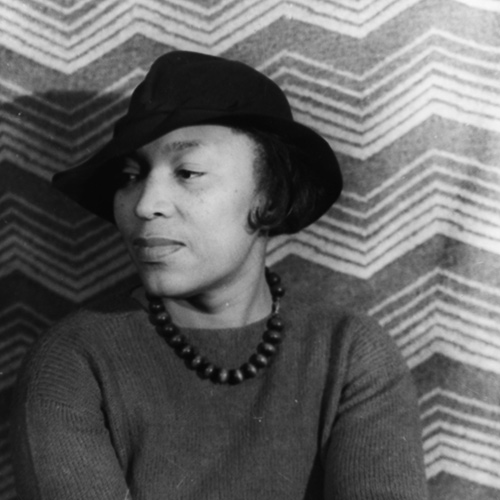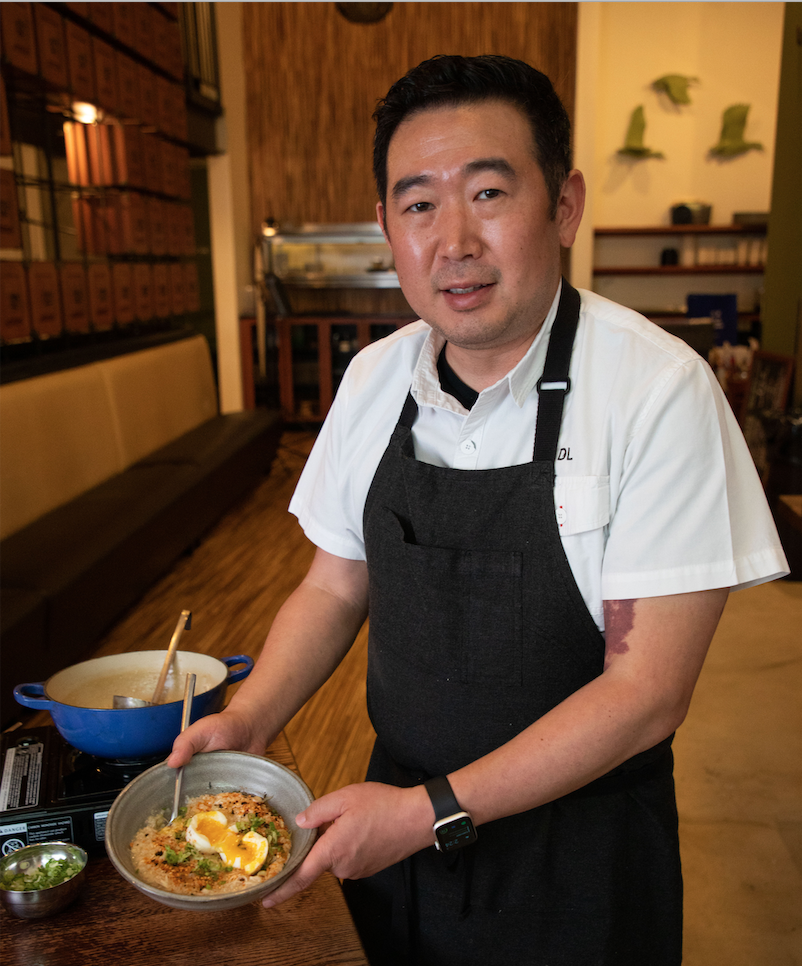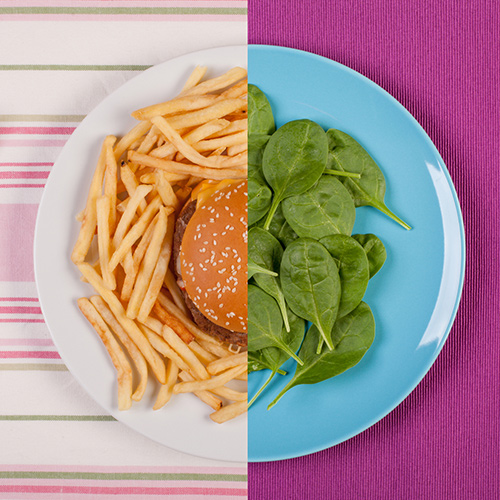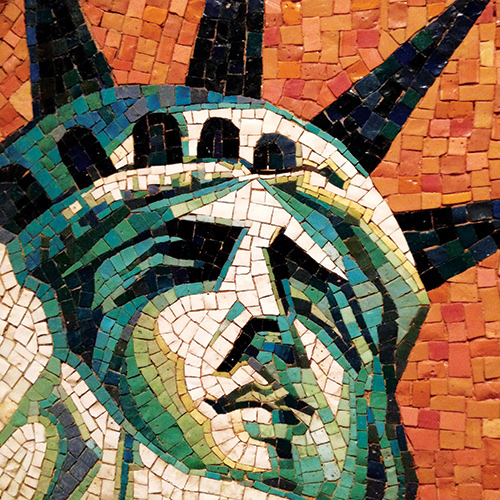This weekend the Smithsonian Folklife Festival spotlights artists of all kinds who find comfort and connection in creativity. The creative spark also figures in other subjects in this edition: a day-long exploration of the Harlem Renaissance; a contemporary artist whose textile portraits find inspiration in Black history; and a pair of capital cities rich in mosaic art.
They're among the offerings designed to make sure you continue to enjoy what you,ve come to value from Smithsonian Associates: programs and experiences that are entertaining, informative, eclectic, and insightful.
The Civic Season

The past year's challenges revealed Americans' interdependence, spotlighted our deficits, and drove a groundswell of interest in the nation's future. The pandemic had already laid bare major challenges and inequalities, especially for young adults, and the presidential campaign intensified the national discourse. Amid protests for racial justice and a growing awareness of the varied experiences of life in America, Black history-in particular Juneteenth-took on new resonance for Millennials and members of Generation Z, while the Fourth of July became more complicated to celebrate.
Against that national backdrop, Civic Season 2021 has emerged. It's a joint effort led by Made By Us, a coalition of more than 100 of America's history institutions (including many of the Smithsonian's museums), and the next generation shaping our society at Civics Unplugged. From Juneteenth (June 19) to Independence Day, the Civic Season is matching individuals nationwide with opportunities to engage with activities tied to their interests and communities, such as local history programs, crowdsourced media projects, and service.
Though geared to GenZ (those born roughly between 1997 and 2012), the themes and goals of the inaugural Civic Season-which Christopher Wilson of the National Museum of American History describes as providing "a time of reflection about the past and for dreaming about a more equitable future"-resonate with all Americans. For Smithsonian magazine, he examines why the nation's museums are coming together to launch this new tradition.
Learn More
A Renaissance in Harlem-and Beyond
 Zora Neale Hurston, 1938, by Carl Van Vechten (Library of Congress)
Zora Neale Hurston, 1938, by Carl Van Vechten (Library of Congress)
One of the most creative and intellectually productive eras in African American history, the Harlem Renaissance of the 1920s was fueled by the contributions of African Americans in music, art, and literature. Duke Ellington, Zora Neale Hurston, Langston Hughes, Lois Mailou Jones, and Alain Locke are prominent figures of the period who also had strong Washington, D.C. roots.
Spend Saturday, June 26 in a Smithsonian Associates Streaming seminar with historian and scholar Michele L. Simms-Burton, a former professor of African American studies at Howard University. She examines the creators and the works that came alive during a period whose influence continues to be felt, as well as how the Harlem Renaissance was reflected in the capital city.
African American history, in the most personal sense, provides the inspiration for Bisa Butler, a New Jersey artist whose form is quilting. The life-sized textile pieces in her first solo exhibition, Bisa Butler: Portraits now at the Art Institute of Chicago, interpret vintage photos using vibrant color, texture, and pattern in a contemporary homage to their unknown subjects. Butler offers a brief video tour of some of her compelling works and shares the stories behind them.
Register for the Program
Making Matters
 Danny Lee prepares Korean ginseng chicken soup. Photo by Albert Tong
Danny Lee prepares Korean ginseng chicken soup. Photo by Albert Tong
The Smithsonian Folklife Festival presents "Beyond the Mall: Making Matters" June 25 through 27, a series of online events featuring masters and everyday makers who find solace and connection in creativity. The weekend's programs include craft workshops, cooking demonstrations, and conversations. There's also an online festival marketplace that showcases the work of global artisans.
The event "was inspired by the scores of artisans, cooks, wordsmiths and cultural advocates we've encountered throughout the Folklife Festival's history," says Sabrina Lynn Motley, director of the Folklife Festival. "During these complex and difficult times, it is in their creativity and commitment to community that we have taken refuge and found hope. This weekend is best viewed within the context of months of previous digital programs as well as the festival's rich history on the National Mall. Ultimately, ‘Making Matters' speaks to the things that connect us to one another and to the Earth on which we live."
With a mix of free and paid programming all open to the public, events are as varied as an exploration of metalsmithing in Senegal, a conversation with a groundbreaking Cuban hip-hop artist, and a cooking demonstration of Korean ginseng chicken soup. The weekend also includes family-oriented activities and two intensive workshops led by internationally respected master artisans from Mexico and Peru.
View the Schedule
Food Fights

Since the end of WWII, the way that Americans eat has changed radically. The country transformed from relying on a relatively wholesome and nourishing food system to a daily diet laden with fats, sugar, and ultra-processed unhealthy foods. In a Wednesday, September 1 Smithsonian Associates Streaming program, historian Allen Pietrobon traces the changes in American cuisine since 1945, highlighting key events, government policies, and corporate strategies that transformed how and what we eat, helping to make America what food writer Greg Crister calls "the fattest nation on earth." He also examines how food has become more politicized over the past 70 years, with kale, quinoa, and other "healthy" foods being seen as elitist and liberal, while fast-food burgers were served to guests of the White House in 2019 as nod to what "real" Americans want to eat.
That culinary divide also has Alice Waters worried. The legendary California chef, restauranteur, and food activist has centered her career on shaping and promoting the philosophy of "slow food." For her, the phenomenon of fast-food culture, which prioritized cheapness, availability, and speed, was not only ruining our health, but also dehumanizing the ways we live and relate to one another. It's a cause she takes up in her newest book, We Are What We Eat, which she recently discussed in an interview with Scott Simon on NPR's Weekend Edition Saturday-where she also answered the question of whether she's ever tasted a Flamin' Hot Cheeto.
Register for the Program
Marvelous Mosaics
 Statue of Liberty (detail) depicted in a mosaic at the Basilica of the Shrine of the Immaculate Conception
Statue of Liberty (detail) depicted in a mosaic at the Basilica of the Shrine of the Immaculate Conception
Like the myriad of small pieces of colored stone, tile, and glass that make up a mosaic, the Washington, D.C. area contains a surprising number of works that together provide a picture of the styles and techniques that mark an art form that's been practiced since ancient times. Join mosaic artist Bonnie Fitzgerald on Tuesday, August 24 for a virtual tour of a wide variety of local mosaic treasures at notable public sites, contemporary spaces, and federal and private buildings.
Highlights of the Smithsonian Associates Streaming program include inside looks at the Basilica of the National Shrine of the Immaculate Conception, home to glorious Byzantine-style mosaics and the remarkable catacomb-like Crypt Church; muralist Lumen Martin Winter's marble, Italian glass, and gold 20th-century masterpieces in AFL-CIO's headquarters on 16th Street; and many other hidden gems.
You can explore another capital city's mosaic treasures online by surveying some of London's best mosaics and the stories behind them. They're representative of the rich variety of the city's architecture and neighborhoods, and their styles and subjects span the centuries. Locations include chapels and cathedrals; Queenhithe, the site of an ancient wharf on the Thames where a 33-yard-long mural illustrates 2,000 years of the city's history; and Lambeth, where 70 mosaics are devoted to William Blake's life and work. You can even find an Underground station where mosaics celebrate the films of Alfred Hitchcock and an Apple store whose façade incorporates the 19th-century designs that hark back to the building's past as a mosaic showroom. What's likely the most unusual subject for a London mosaic is on a section of a floor installed in the National Gallery in 1933: Winston Churchill in a helmet and one of his signature "romper suits" facing off against the Devil. (Who do you think won?)
Register for the Program